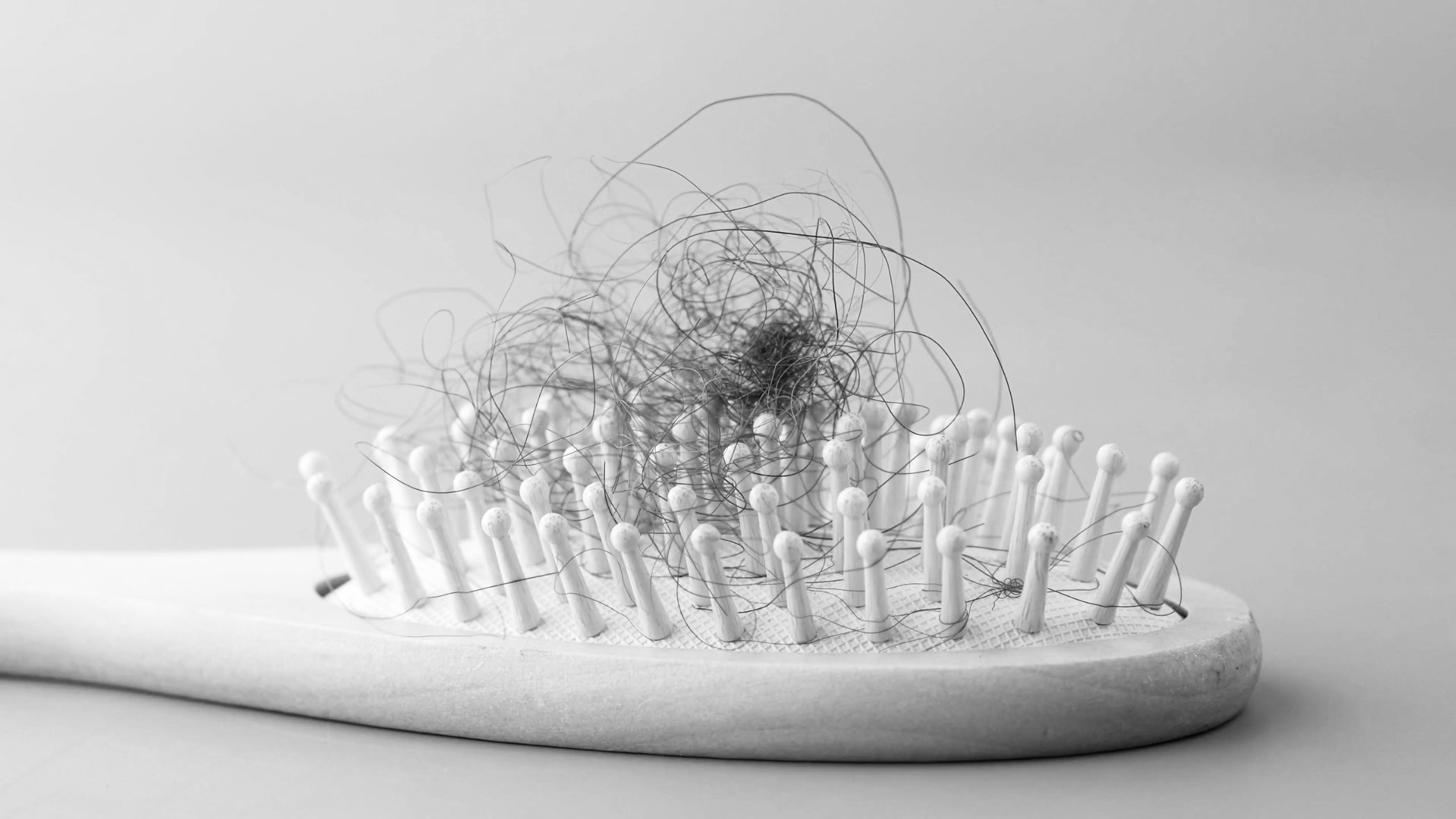Soaps (cold or hot saponified) have an alkaline pH around 10 but our skin has an acidic pH around 5.5 (Schmid and Korting, 1995).
Why is this pH difference a problem?

The graph above clearly shows that after washing with soap, the skin's pH remains elevated for several hours. It takes approximately 6 hours for the skin to return its pH to normal (between 3 and 9 hours depending on skin type). In contrast, with a soap-free bar, the skin's pH always remains below 5.5 regardless of skin type.
Skin physiology is altered by soap
The increase in pH by soap would make the skin's natural protective mechanism vulnerable for at least 3 hours as mentioned previously. This can cause dryness, atopic skin, itchy skin, acne, stinging, etc. (Lambers et al., 2006; Schmid-Wendtner and Korting 2006).
Superfatted soap does not respect the skin
Some cold-process soap manufacturers claim that the glycerin content of their soaps provides tremendous skin protection and that glycerin forms a protective layer on the skin. However, this conclusion should be taken with caution. Glycerin itself, whether in pure liquid form, gels, or creams, has this protective property; but glycerin in a rinse-off medium, such as in soap, does not necessarily provide all of these benefits (Ananthapadmanabhan et al., 2004).
To date, there are no scientific publications to support the claims made by cold-process soap manufacturers. However, the fat added to superfatted soaps is known to form a layer on the skin, which helps it retain moisture. However, using superfatted soaps can suffocate the skin and saturate it with its own sebum!
In a clinical study conducted by Moldovan, 2010, superfatted soaps showed low water loss from the skin compared to soaps without superfat. Interestingly, the same study also shows that syndet (soap-free soap) is the best for the skin in terms of water retention capacity and respect for the skin barrier.

The graph above shows that soap dries skin in the short term compared to soap-free soap. It is evident that soaps affect the skin's pH maintenance mechanism. However, a study by Takagi et al., 2015 suggests that the skin's pH maintenance mechanism is not affected in long-term soap users. However, for people with sensitive skin, soap is not recommended due to its irritation potential. For example, a study by Baranda et al., 2002, demonstrates that a glycerin soap with a pH of 10 has a higher skin irritation index than a dermatological bar.
Adopt a soap-free cleanser with a slightly acidic pH

Soaps are too harsh because they cleanse too much and weaken the protective hydrolipidic film. This is why many dermatologists and scientific publications recommend the use of soap-free soap for babies, people with dry and/or sensitive skin, and seniors (Ali and Yosipovitch, 2013; Baranda et al, 2002; Lambers et al., 2006; Schmid-Wendtner and Korting 2006).





